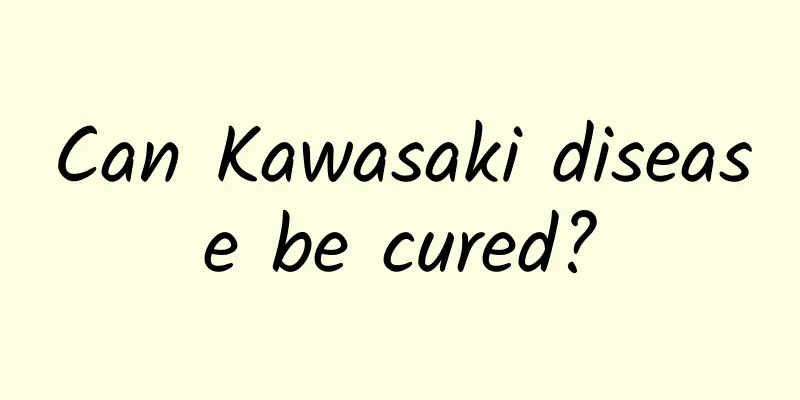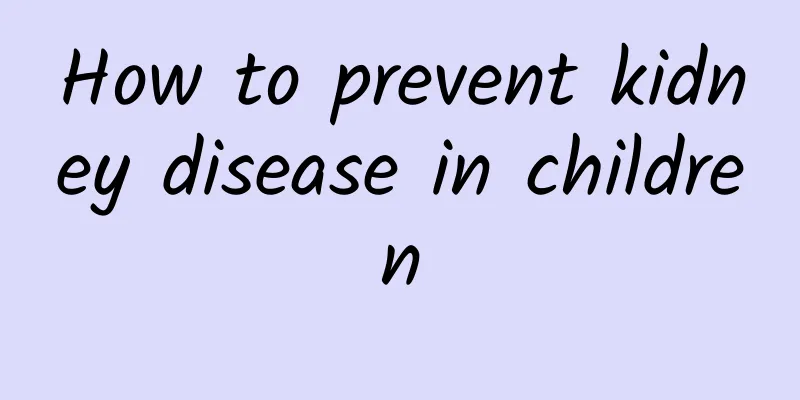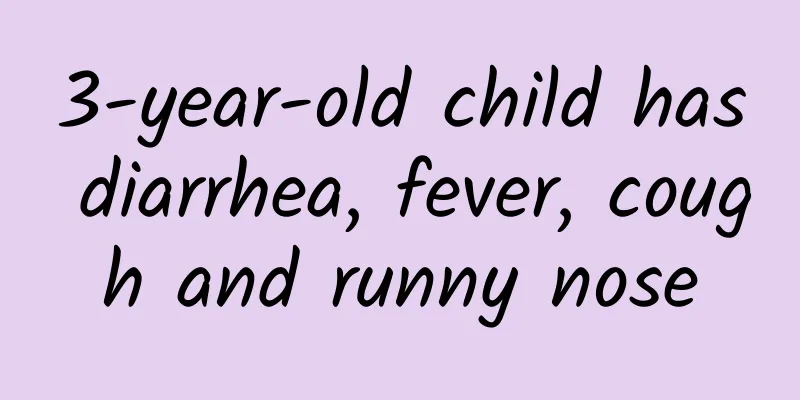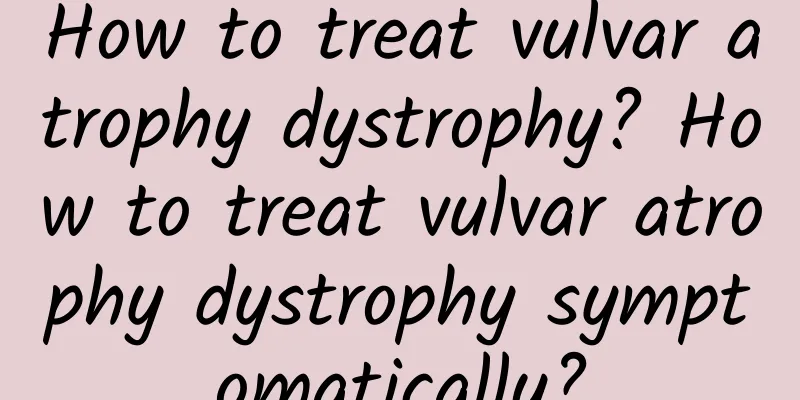Can Kawasaki disease be cured?

|
Kawasaki disease is a rare disease. So can it be cured? Most people probably don't know much about Kawasaki disease. Kawasaki disease, also known as mucocutaneous lymph node syndrome in children, is a rare pediatric disease whose cause is still unknown. Kawasaki disease can cause serious cardiovascular complications and has attracted people's attention. The incidence rate in untreated children is as high as 20% to 25%. Kawasaki disease was first reported by Japanese physician Tomisaku Kawasaki in 1967 and named after him. This disease is an acute febrile rash disease in children with systemic vasculitis as the main lesion. The high-risk age is infants and young children under 5 years old, more males than females, and it is rare in adults and children under 3 months old. Clinical manifestations may include fever, rash, non-purulent lymphadenopathy in the neck, conjunctival congestion, diffuse congestion of the oral mucosa, bayberry tongue, palmoplantar erythema, and hard edema of the hands and feet. If a child has Kawasaki disease, treatment should be started as soon as possible. The treatment is divided into two stages: acute phase and recovery phase. The acute phase is mainly based on anti-inflammatory and immunosuppressive treatment. The main drugs for treatment are: (1) Antipyretic and analgesic drugs: This type of drug has anti-inflammatory and anticoagulant effects and is the first choice for Kawasaki disease. (2) Immunoglobulin: Intravenous injection of large doses of immunoglobulin can significantly suppress the inflammatory response and excessive immune response of the disease within a few hours or more than ten hours, and can significantly reduce the occurrence of coronary artery lesions. It should be used within 10 days of the disease. (3) Others: Symptomatic and supportive treatment is provided based on the condition. Currently, there are reports on the clinical application of hormones and biological agents. However, their side effects cannot be ignored and their clinical application should be cautious. Coronary artery aneurysm is the most serious complication of Kawasaki disease. Most cases of Kawasaki disease have a good prognosis and can be cured through active treatment. Generally speaking, Kawasaki disease rarely recurs in the future, and the cardiac sequelae caused by Kawasaki disease can appear many years later, so it is necessary to have regular heart examinations. Kawasaki disease can generally be cured, but the problem is that it is easy to leave sequelae after the disease, causing coronary artery aneurysm, etc. The earlier the Kawasaki disease is treated, the less likely it is to leave sequelae. However, the symptoms at the beginning are similar to those of a cold, so parents should pay close attention if their children have a high fever for more than 5 days, and take their children to the hospital for examination as soon as possible. |
<<: How to do primary prevention of Kawasaki disease
Recommend
Is there a difference between pneumonia and pneumonia in children?
Is there a difference between childhood pneumonia...
What are the causes of diarrhea in children? Parents should take care of children with diarrhea in this way
At the turn of spring and summer, the weather cha...
Causes and treatment of pseudohypertrophic muscular dystrophy
Duchenne muscular dystrophy is caused by a gene d...
How serious is pneumonia in children?
There will always be diseases appearing in our li...
What should I do if I can’t sleep due to the pain of mumps?
What should I do if I can’t sleep due to the pain...
How does allergic rhinitis in children cause cough?
There are many causes of allergic rhinitis in chi...
Treatment principles for acute laryngitis in children
The principle of treating acute laryngitis in chi...
What should I do if my child has a recurring cough? Treatment of recurring cough in children
When children have recurrent coughs, medication c...
Polio prevention and treatment methods
Polio is one of the diseases that seriously affec...
How to treat a newborn baby who chokes on milk and coughs ...
Newborns are prone to choking and coughing, which...
The pros and cons of ADHD medication
Drug treatment for ADHD in children is effective ...
What are the ways to prevent kidney disease in children? Children with kidney disease can do 2 exercises
What kind of exercises can children with kidney d...
How much does it cost to treat acute laryngitis in children?
Acute laryngitis in children is a common disease....
What is the normal value of jaundice in a 10-day-old child?
Newborn babies are prone to jaundice, which is of...
Why should children with pneumonia receive intravenous infusion?
Regarding pneumonia, many mothers still think it ...









